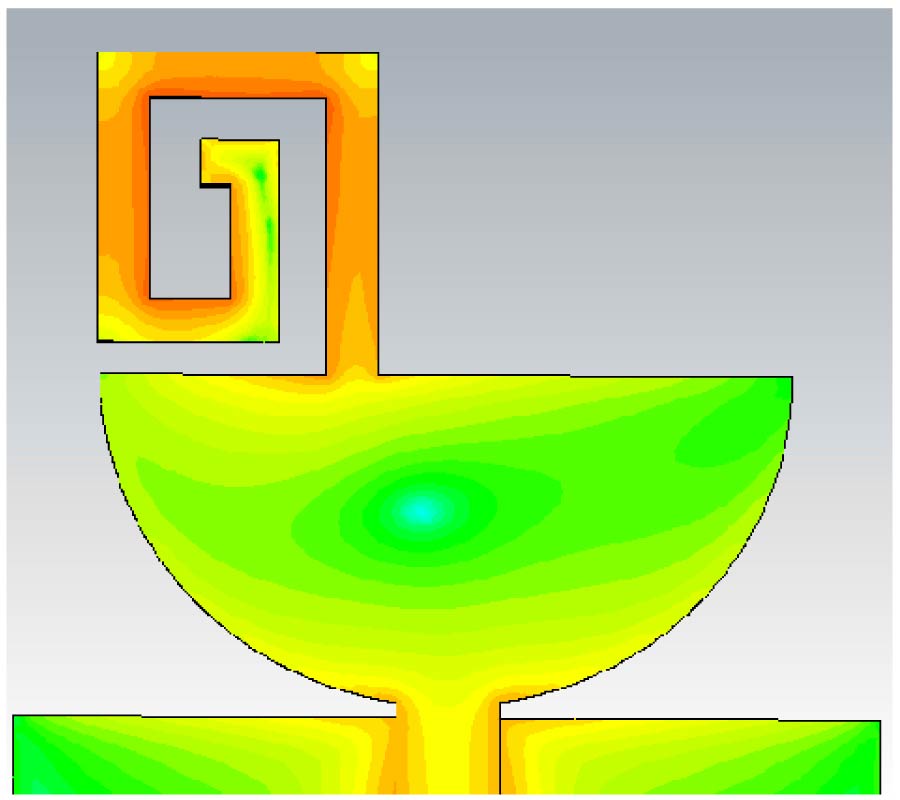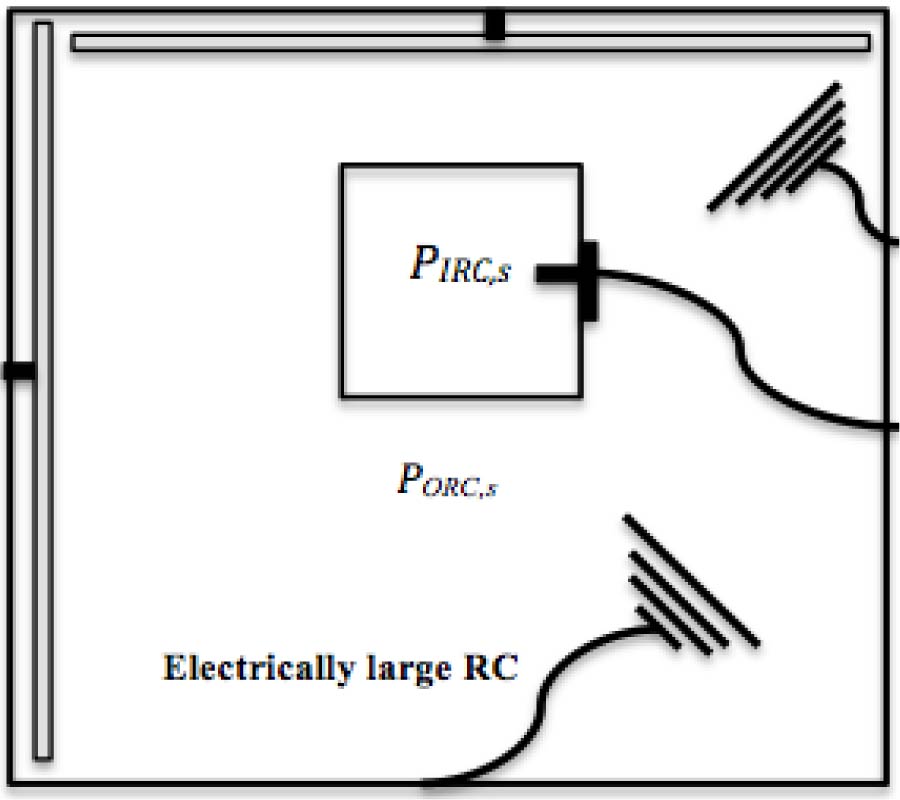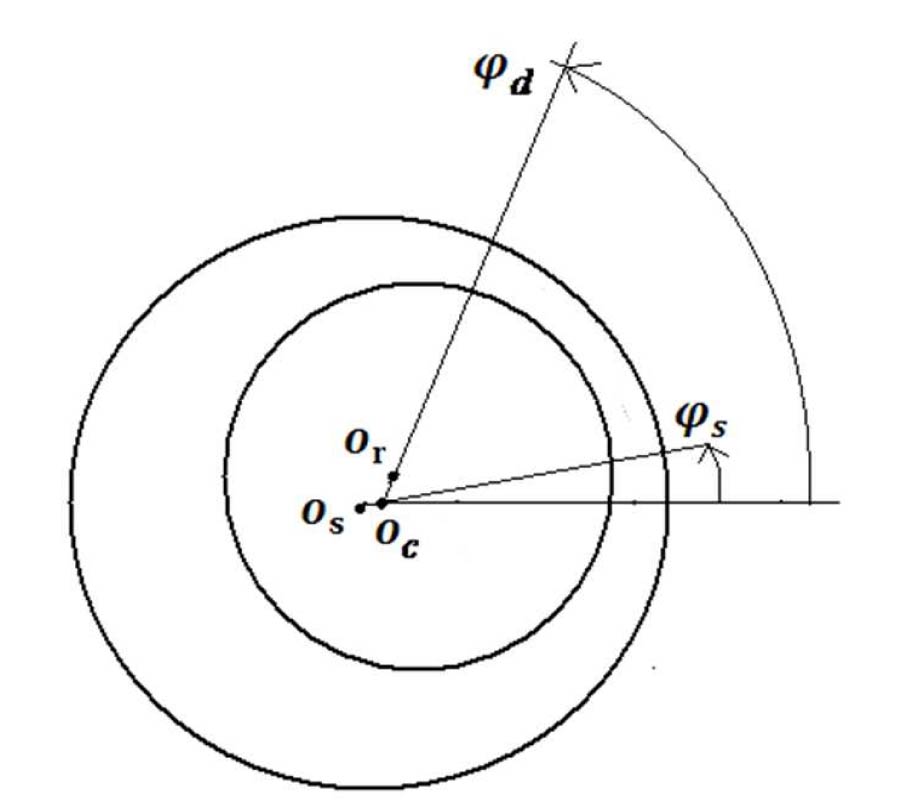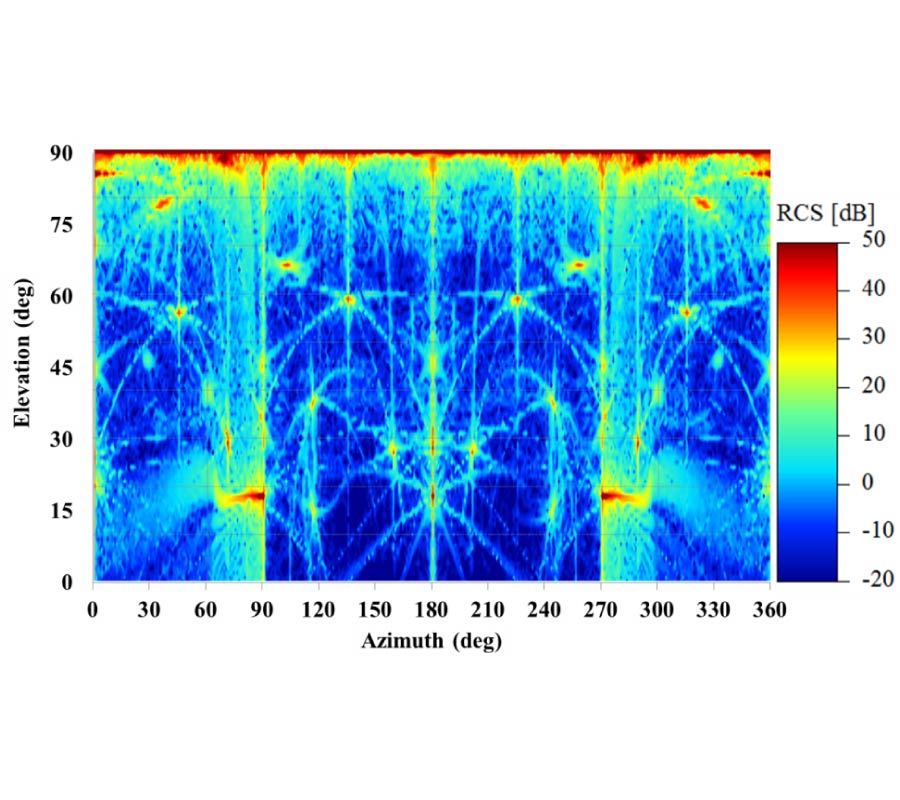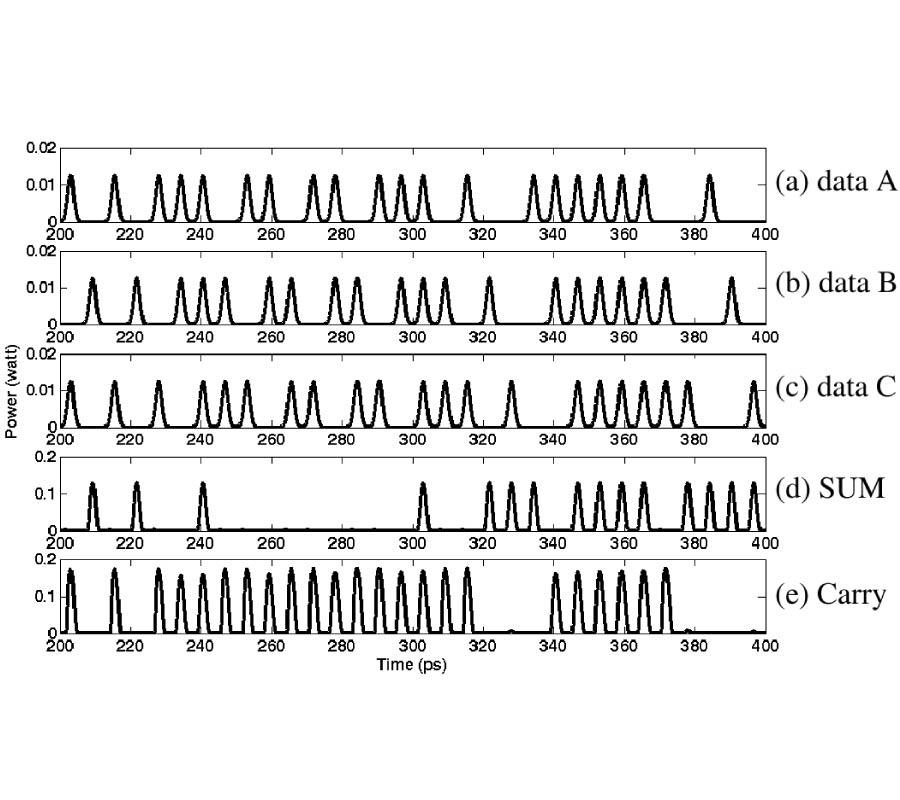Circular Antenna Array Design by Using Evolutionary Search Algorithms
Pinar Civicioglu
Evolutionary Search Algorithms (EA) have been intensively used in solving numerical optimization problems. Since design of antenna arrays is a numerical optimization problem, EAs have been intensively used in solving antenna arrays design problems. Although EAs are widely used in antenna array design problems, a performance comparison study of the intensively used EAs for circular antenna array design problem has been scarcely studied. In this paper, 3 different circular antenna array design problems have been solved by using 15 different evolutionary search algorithms (i.e., ABC, ACS, BSA, CK, CLPSO, CMAES, DE, E2-DSA, EPSDE, GSA, JADE, JDE, PSO, SADE, S-DSA). The objective function designed for solution of the relevant circular antenna array design problems ensures minimization of side lobe levels, acquisition of maximum directivity, and null control of the non-uniform, planar circular antenna array. Obtained statistical analysis results show that S-DSA solves the relevant circular antenna array design problems statistically better than the other evolutionary algorithms used in this paper.




